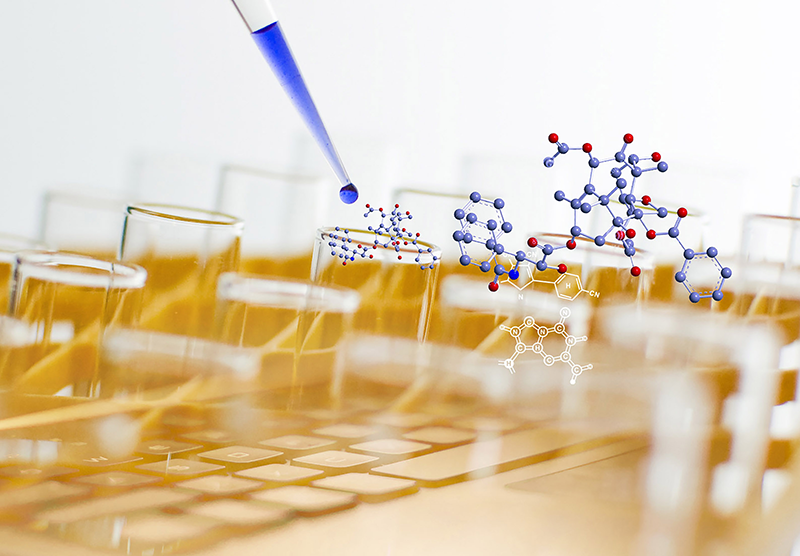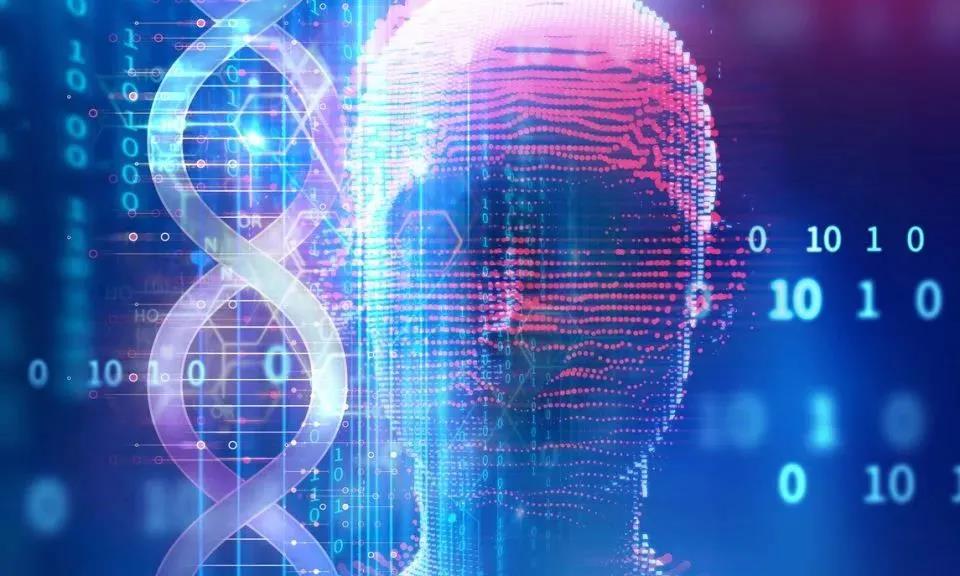创新背景
水是社会和自然界不可或缺的资源,它维持生命并保证生产生活的正常进行。人口激增和生产发展对可持续能源和水的需求不断增长,经济和国家发展离不开对清洁水的使用,但可再生淡水却并非取之不尽用之不竭。
创新过程
全氟和多氟烷基物质(PFAS)被广泛运用于消费品和工业品生产,如外卖包装、不粘炊具等耐受油脂、水和热的人造化学品。PFAS不易分解,会积聚在环境中,对人体健康产生不良影响。但检测这些化学物质的方法设备沉重昂贵,人工技术要求高。

芝加哥大学的研究团队在2021年开发出新的人工智能模型,可辅助分子工程,用来检测和去除水污染物。团队通过使用人工智能筛选数千个分子来识别目标PFAS分子,用红外和核磁共振光谱和X射线散射测试新的分子,然后利用筛选结果指导可以去除它们的新分子的设计和合成。

人工智能引导分子建模,结合有机合成和高级表征技术,开发有机合成和人工智能平台,快速寻找潜在的PFAS探针大分子空间并有效进行识别,设计和制造用于传感和去除水中污染物的新化学探针。探针和先进的吸附剂结合将消除水中的污染物,实现回收水资源。

团队进一步结合了人工智能和机器学习,实现在线学习系统动力学、优化能量和回收养分的建模,并完成科学和经济相关的生命周期分析和建模,进而指导系统设计,利用人工智能实现废水处理和回收。研究开发的人工智能新功能还涉及开发用于高效太阳能蒸汽发生的新材料和用于实时水质监测的无线传感器。
创新关键点
结合人工智能和污水处理,分析水污染物的分子机制,开发可以筛选识别相关分子的人工智能模型,有效筛查污染物,实现水资源的循环利用。
AI-assisted molecular detection can help recycle water resources
Perfluorinated and polyfluoroalkyl substances (PFAS) are widely used in the production of consumer and industrial products, such as takeaway packaging, non-stick cookware and other artificial chemicals that are resistant to grease, water and heat. PFAS is not easy to decompose, and will accumulate in the environment, adversely affecting human health. However, the methodological equipment for detecting these chemicals is heavy and expensive, and the manual technology requirements are high.
The University of Chicago research team will develop a new AI model in 2021 that can assist in molecular engineering to detect and remove water contaminants. The team identified the target PFAS molecule by screening thousands of molecules using artificial intelligence, tested the new molecules with infrared and nuclear magnetic resonance spectroscopy and X-ray scattering, and then used the screening results to guide the design and synthesis of new molecules that could remove them.
AI-guided molecular modeling, combining organic synthesis and advanced characterization techniques, developing organic synthesis and artificial intelligence platforms to quickly find potential PFAS probe macromolecular spaces and efficiently identify, design and manufacture new chemical probes for sensing and removing contaminants from water. The combination of probes and advanced adsorbents will eliminate contaminants from the water and enable the recovery of water resources.
The team further combined artificial intelligence and machine learning to enable online learning system dynamics, modeling of optimized energy and nutrient recovery, and completing scientific and economically relevant life cycle analysis and modeling to guide system design and use artificial intelligence to achieve wastewater treatment and recycling. The new AI capabilities developed in research also involve the development of new materials for efficient solar steam generation and wireless sensors for real-time water quality monitoring.
智能推荐
生态学创新思维 | 二氧化碳浓度继续上升将导致蓝绿藻问题恶化
2022-11-23阿姆斯特丹大学领导的一个国际研究小组现在表明,最常见的有毒蓝绿藻之一微囊藻特别适应高二氧化碳浓度。
涉及学科涉及领域研究方向水资源循环创新思维 | 评估使用紫外线消毒技术对污水处理厂内水质的影响
2022-10-15以色列研究人员对使用紫外线消毒污水厂二级污水的有效性进行测试,结果表明紫外线消毒适用于辐射剂量为 40 mJ/cm 2的三级污水处理厂。
涉及学科涉及领域研究方向